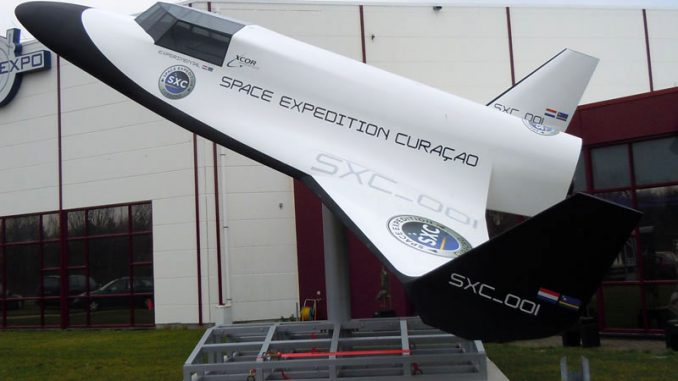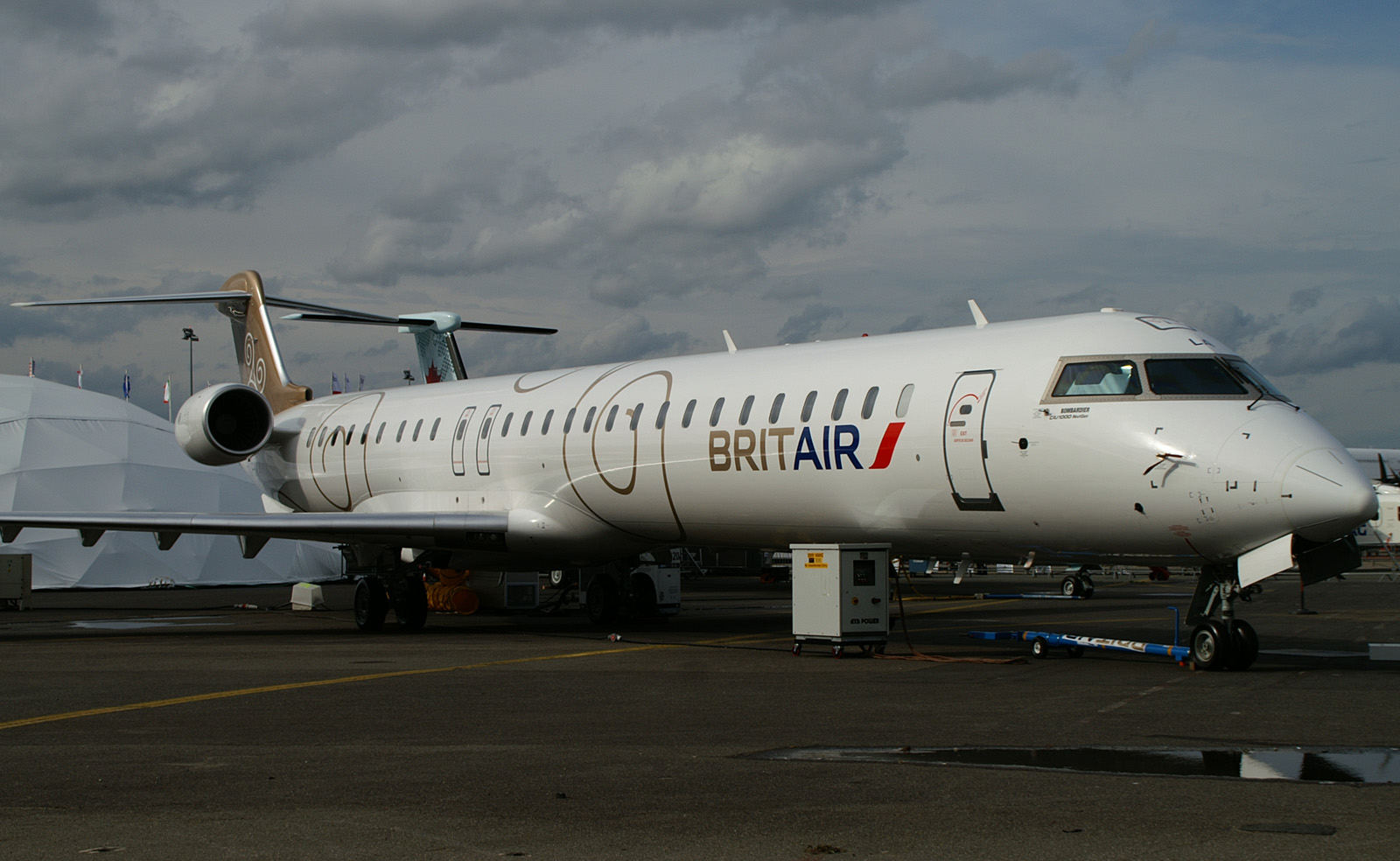
The Lynx rocketplane is developed by the California-based company XCOR to compete in the emerging suborbital space flight market. Beginning in January, 2014 the Lynx is expected to be flying suborbital space tourism flights and scientific research missions by SXC (KLM-Space Expedition Curaçao) from a new spaceport on the Caribbean island of Curaçao.
Developing nation: United States of America.
Manufacturer/designer: XCOR Aerospace.
Production line: Mojave California.
Type aircraft: suborbital horizontal-takeoff, horizontal-landing (HTHL), rocket-powered spaceplane.
First flight: end 2012.
The Lynx is not dependable on a mothership that takes time to get it a to a high altitude launch environment. The Lynx has several major systems including: propulsion, aerodynamic shape, pressure vessel, cockpit, fuselage, wing strakes, wings, avionics, life support, and other related subsystems such as landing gear, doors. The propulsion system contains the engines with nozzle extensions, the pumps that drive fuel and liquid oxygen (LOX) into the engine, and various valves, regulators, piping, controllers, etc. The engine and nozzle design has been tested and demonstrated proper operation.
The Lynx will offer several multi-mission primary and secondary payload capabilities including: in-cockpit experiments, externally mounted experiments, test pilot/astronaut training, upper atmospheric sampling, microsatellite launch / ballistic trajectory research (Mk. III / US capability only), and personal spaceflight (space tourism).

Mark I Prototype
The Lynx Mark I is the initial flight test vehicle now under development at XCOR’s Mojave, CA facilities. This prototype vehicle will be used to characterize and flight test the various sub-systems of the craft including life support, propulsion, tanks, structure, aeroshell, aerodynamics, re-entry heating and other design elements. It will undergo a flight test program beginning in late 2012 and continuing into 2013.
- Maximum Altitude: 62 km (203,000 ft)
- Primary Internal Payload: 120 kg (260 lb)
- External Dorsal Mounted Pod: 280 kg (620 lb)
- Secondary payload spaces include a small area inside the cockpit behind the pilot or outside the vehicle in two areas in the aft fuselage fairing.
Mark II Production Model
The Lynx Mark II will begin construction and assembly during the Lynx Mark I development program . The Mark II is the production version of the Lynx, servicing both the suborbital tourism market and ll markets that make use of the Lynx’s internal payload volumes, such as microgravity and biotechnology experiments. The Lynx Mark II uses the same propulsion and avionics systems as the Lynx Mark I, but has a lower dry weight and hence higher performance than the Mark I. The Lynx Mark II is scheduled to enter flight service beginning in 2014.
- Maximum Altitude: +100 km (330,000 ft)
- Primary Internal Payload: 120 kg (260 lb)
- External Dorsal Mounted Pod: 650 kg (1,400 lb) and is large enough to hold a two stage carrier to launch a microsatellite or multiple nanosatellites into low Earth orbit.
- Secondary payload spaces include the same as the Mark I.
- Non-toxic (non-hydrazine) reaction control system (RCS) thrusters, type 3N22
Lynx XR-5K18 engine
The Lynx will have four liquid rocket engines at the rear of the fuselage burning a mixture of LOX-Kerosene and each of them will produce 2,900 pounds-force (13,000 N) of thrust.
All pictures courtesy of Zijde Aviation Photo and Publishing, Rob Vogelaar / Marcel van Leeuwen






